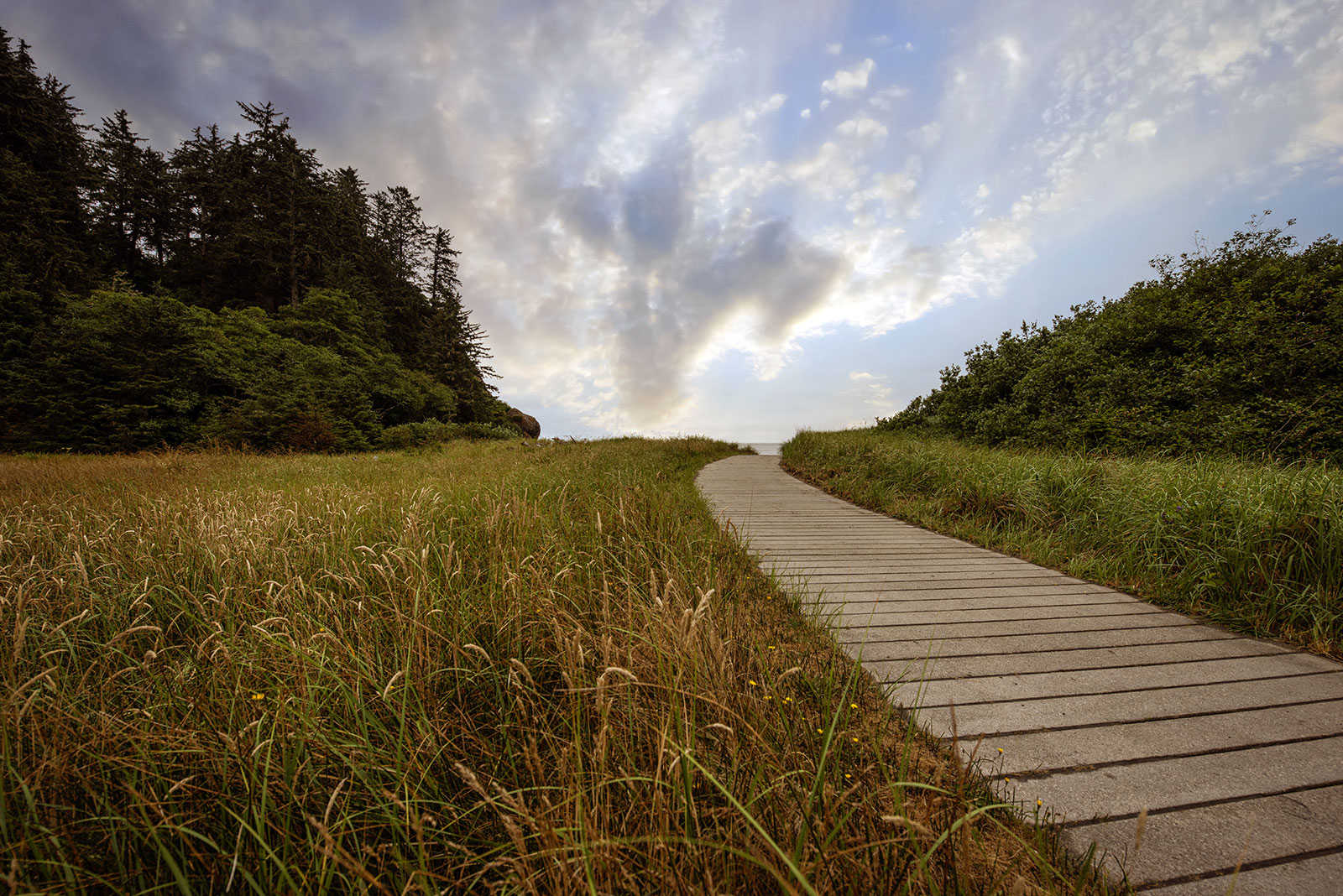
A Confluence of Peregrinations and Prayers
At Cape Disappointment near the mouth of the Columbia River, Maya Lin’s walkway and boardwalk present juxtaposing journeys of discovery.

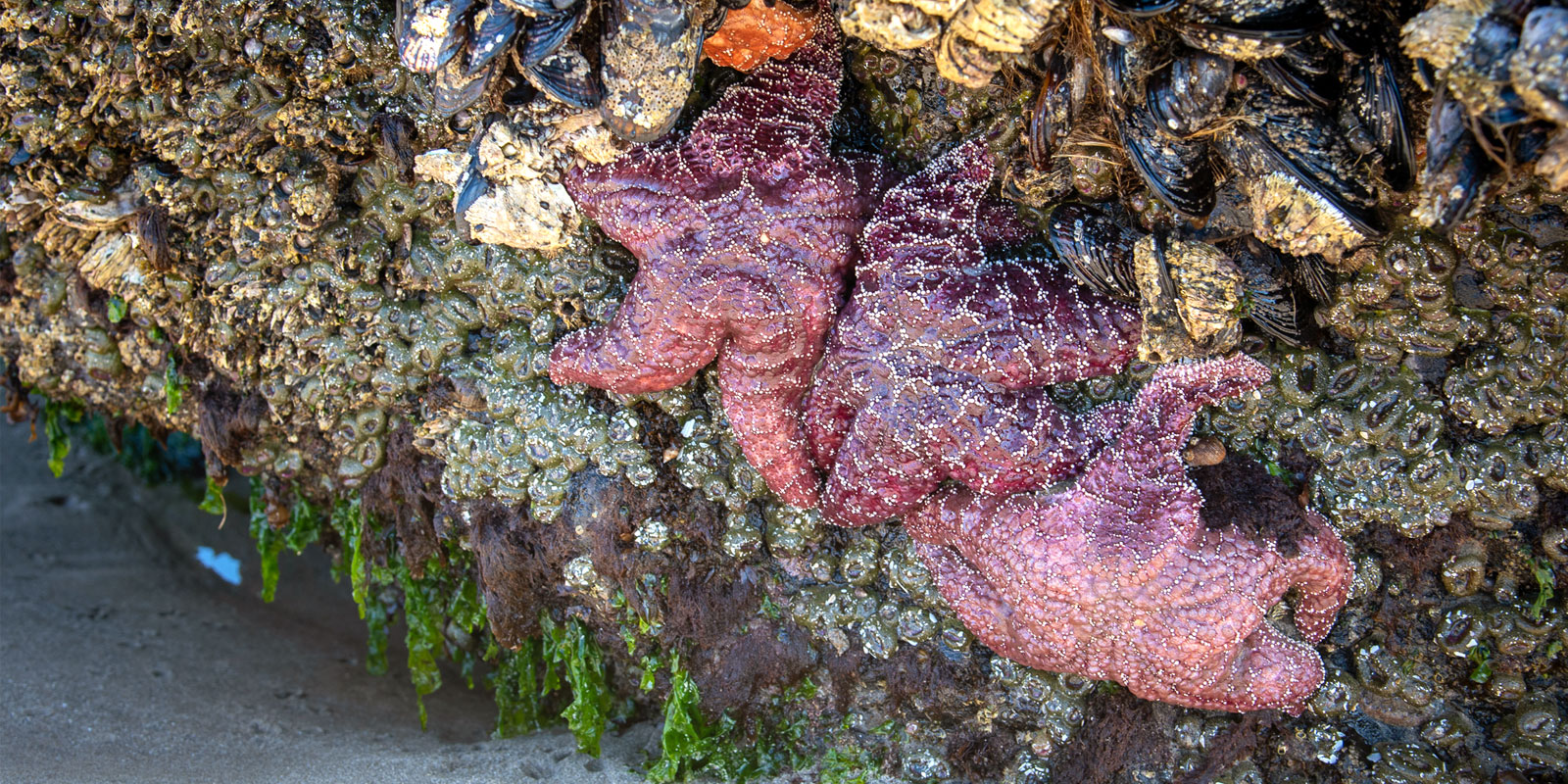
Low tides and volunteers offer a chance to learn more about all the life teeming beneath the waves.
BY LAURA J. COLE | Updated June 25, 2024

Things to know about exploring tide pools in Cannon Beach.
Best times to see tide pools at Cannon Beach in 2024*
*After 7 am
Monday, August 19
7:07 am
Tuesday, August 20
7:46 am
Wednesday, August 21
8:24 am
Thursday, August 22
9:01 am
Thursday, September 19
8:25 pm
Best times to see tide pools at Cannon Beach in 2024*
*After 7 am
Monday, August 19
7:07 am
Tuesday, August 20
7:46 am
Wednesday, August 21
8:24 am
Thursday, August 22
9:01 am
Thursday, September 19
8:25 pm
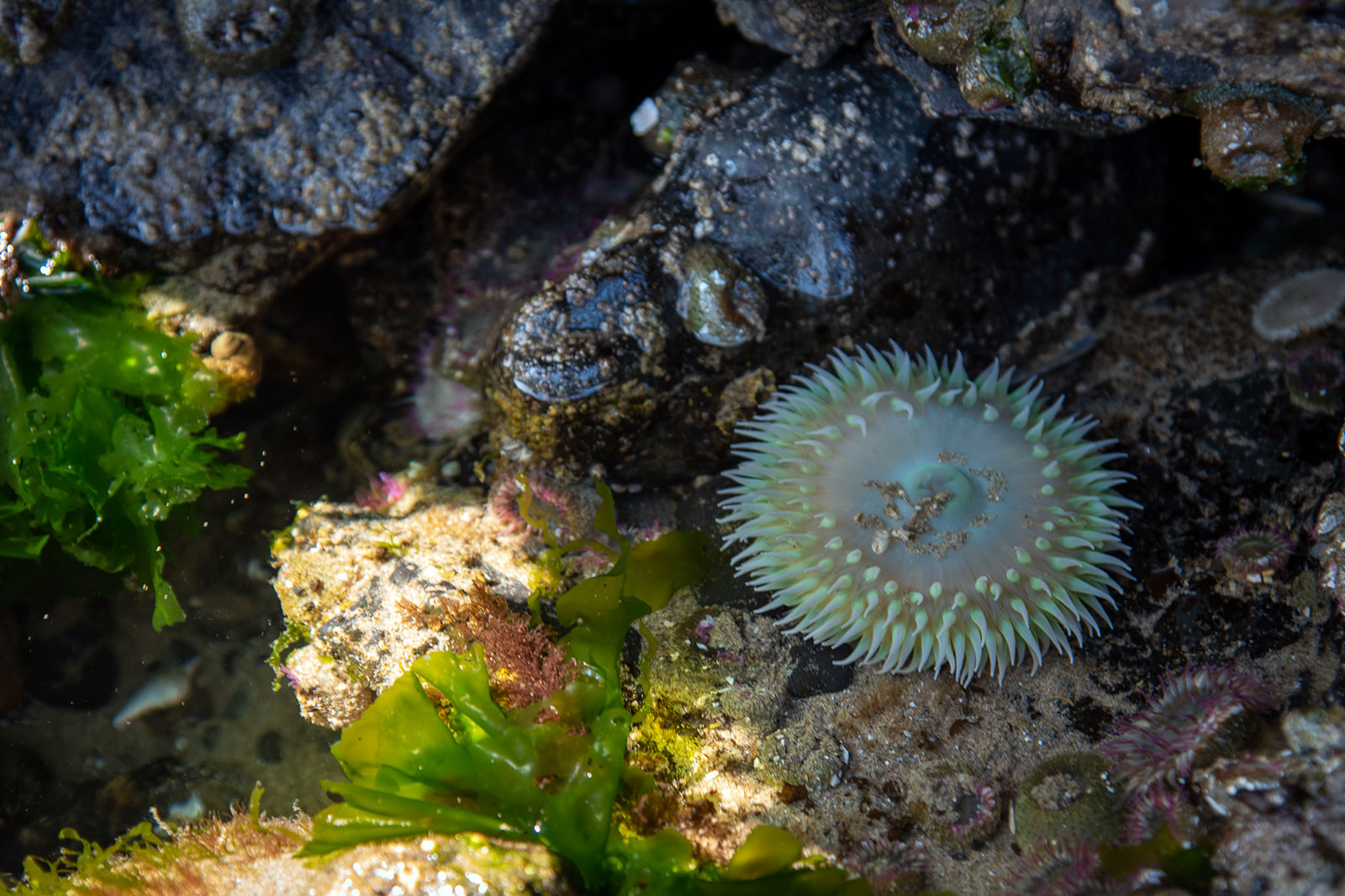
Things to know about exploring tide pools in Cannon Beach.
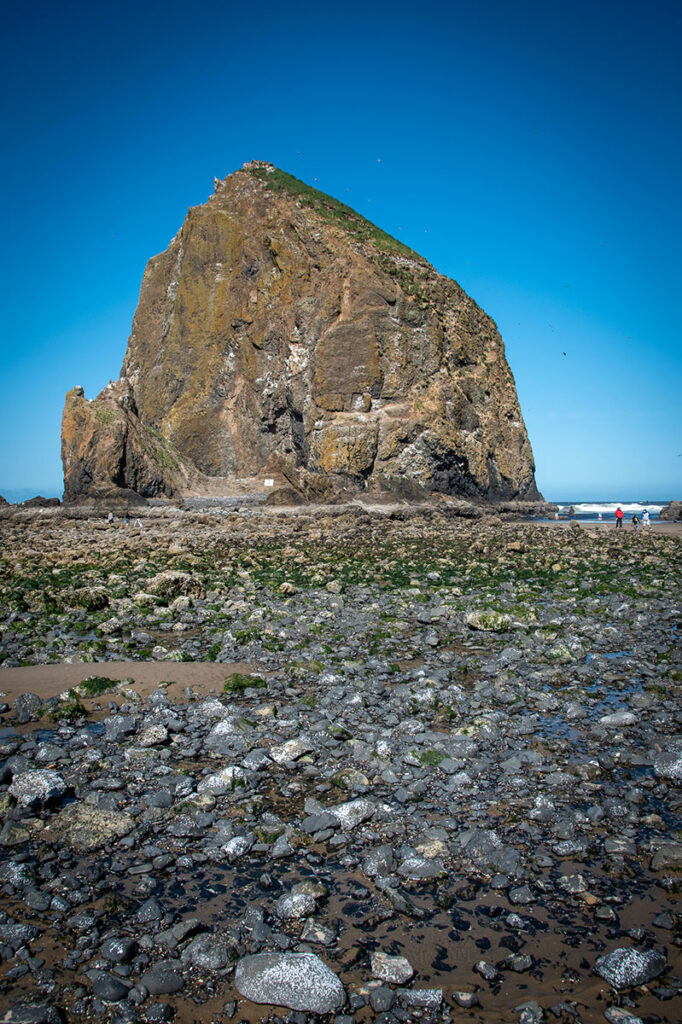
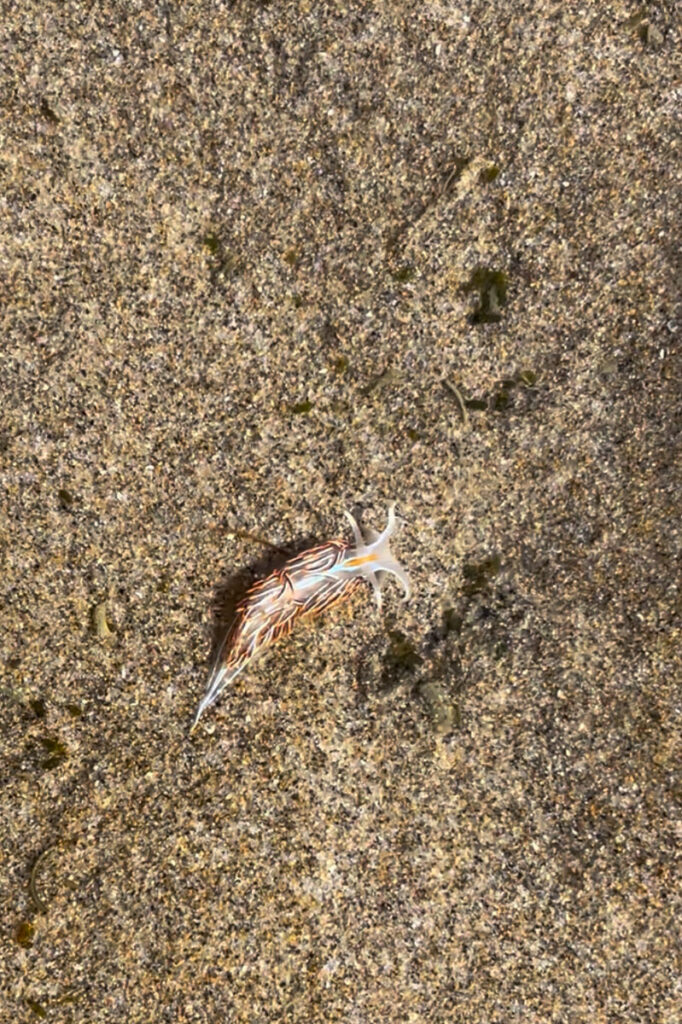
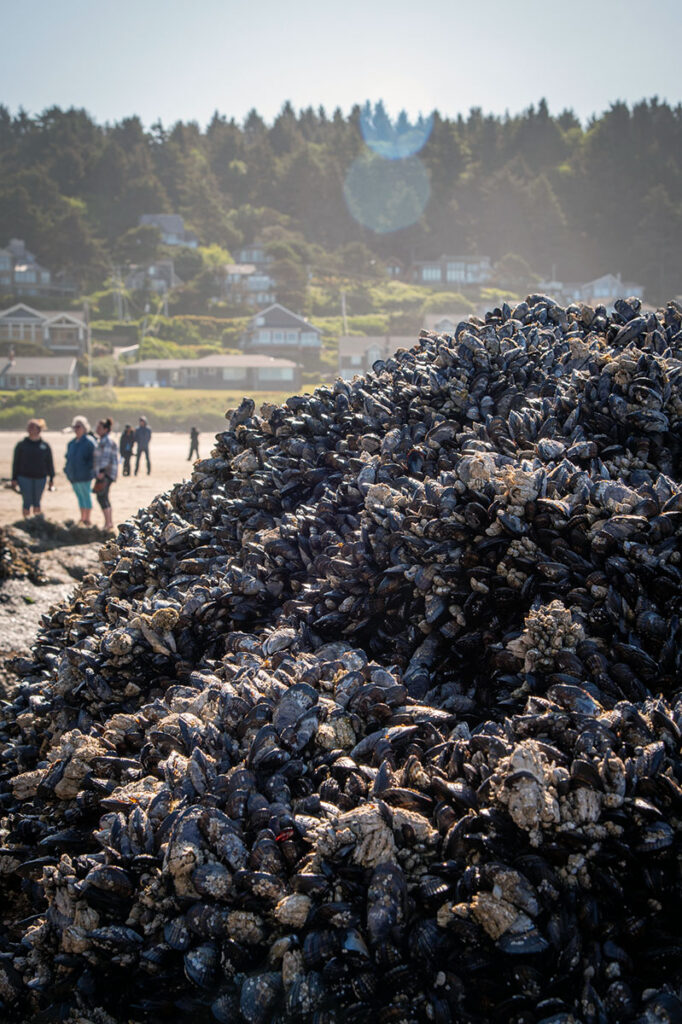

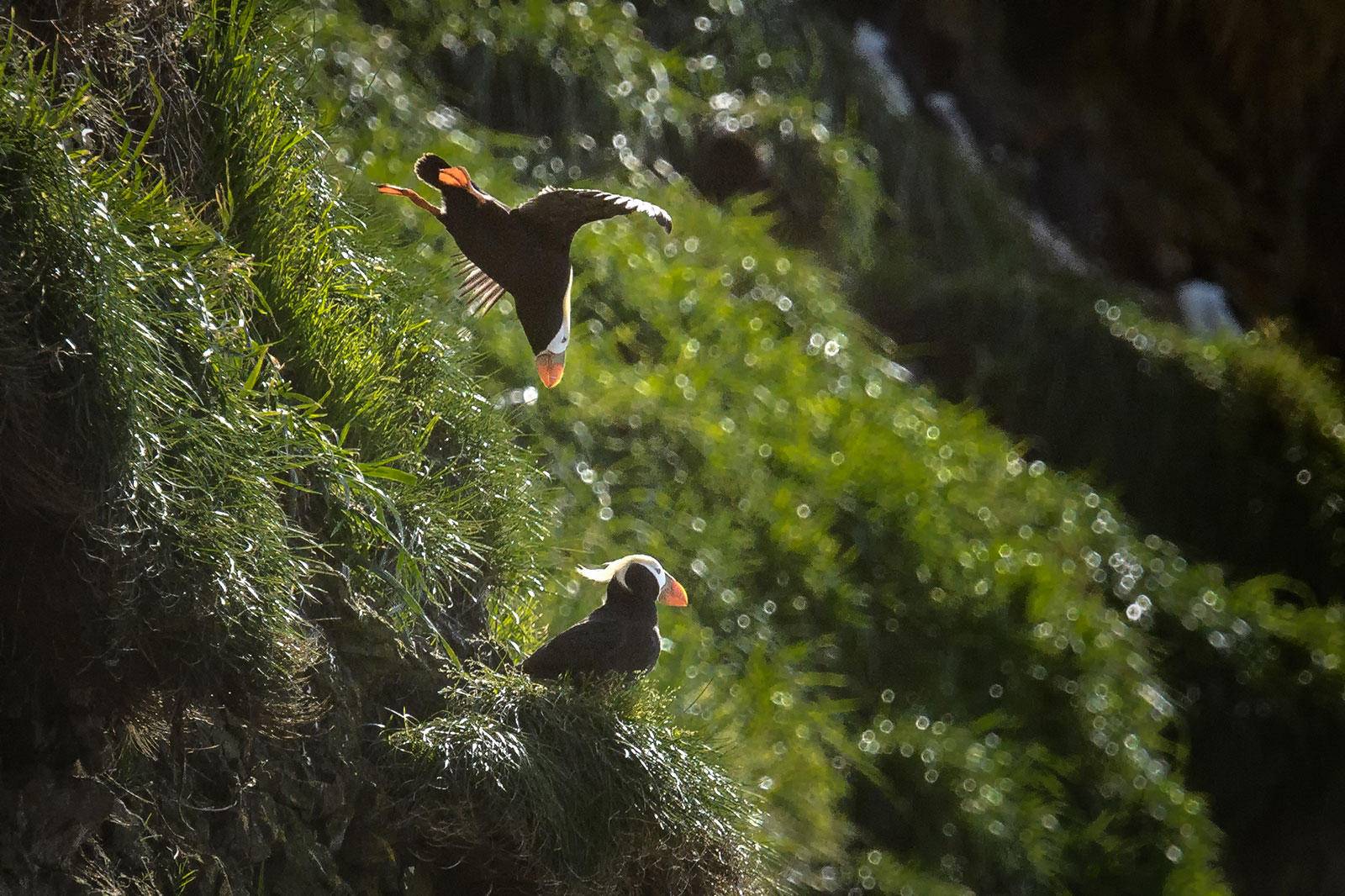



At Cape Disappointment near the mouth of the Columbia River, Maya Lin’s walkway and boardwalk present juxtaposing journeys of discovery.
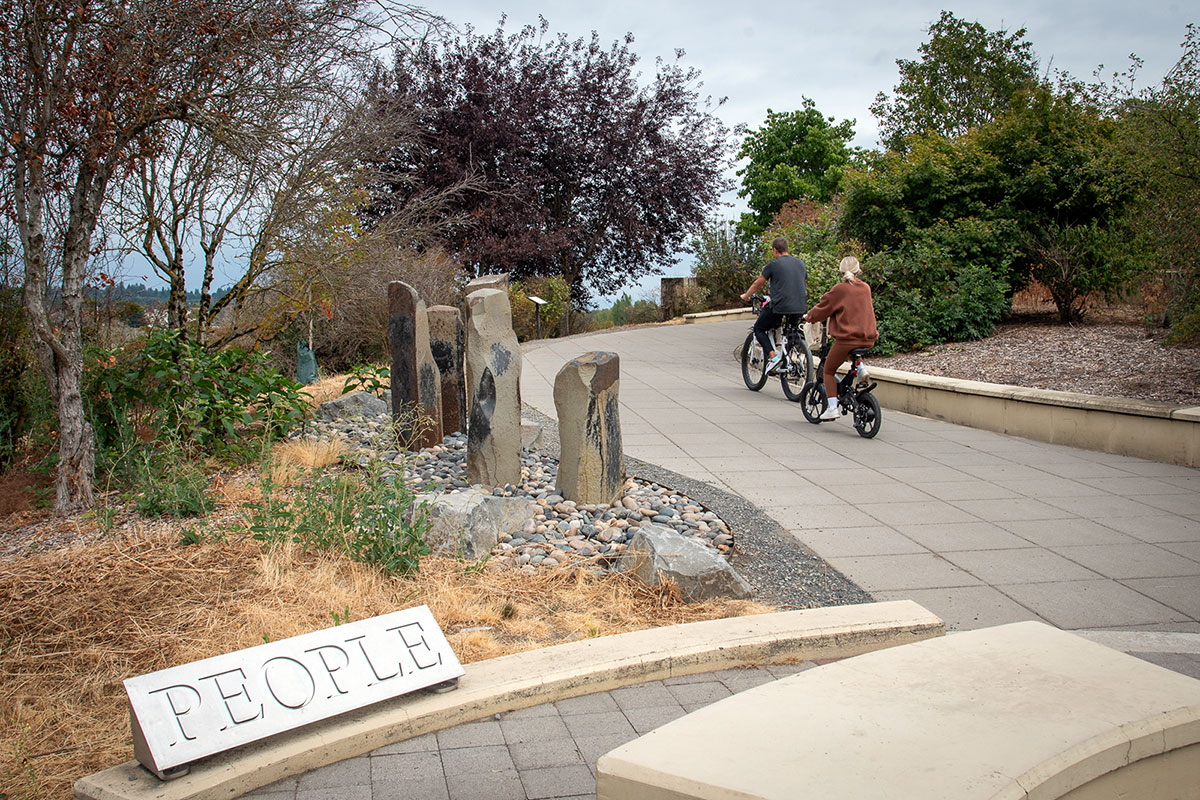
Located near the confluence of the Willamette and Columbia rivers, the Vancouver Land Bridge merges rivers, land, people, and trade.

